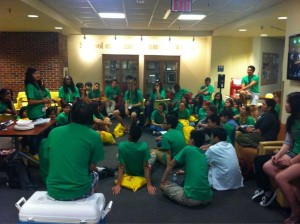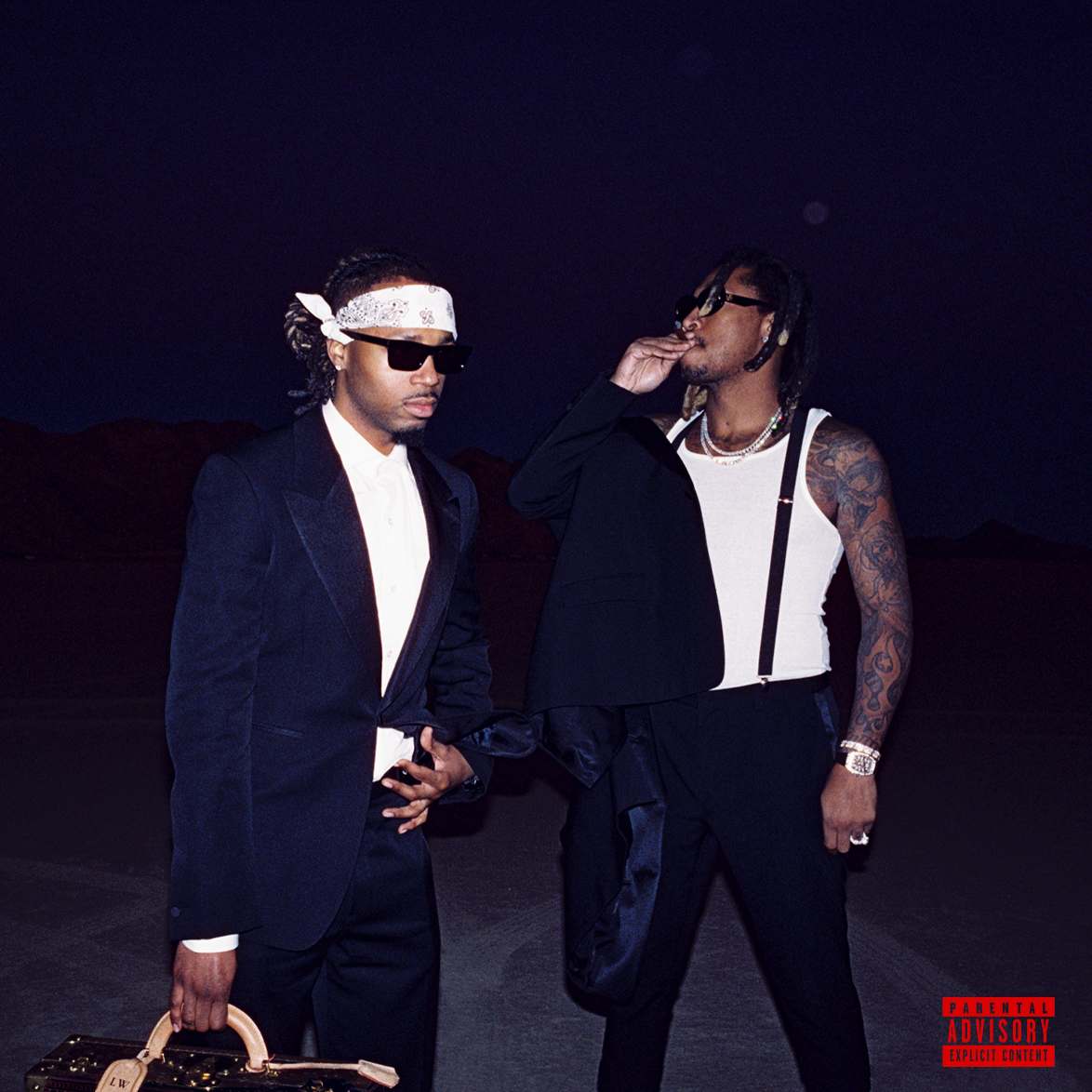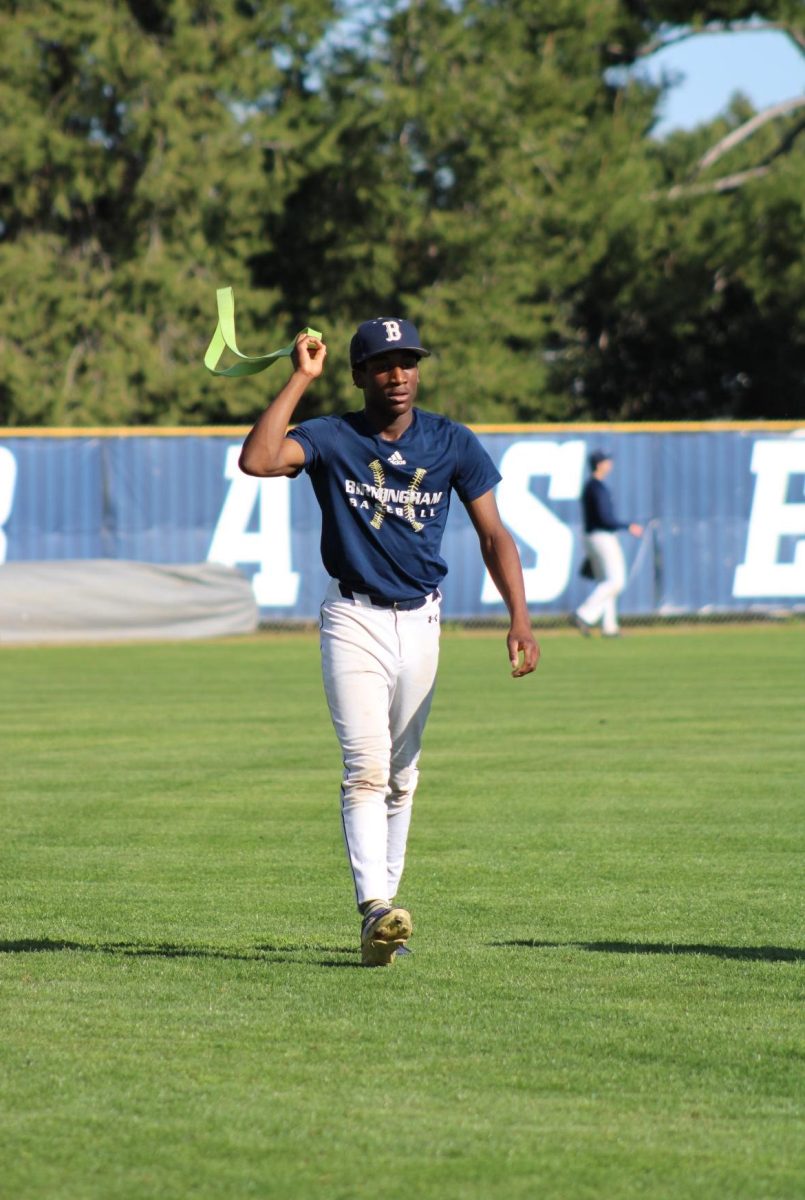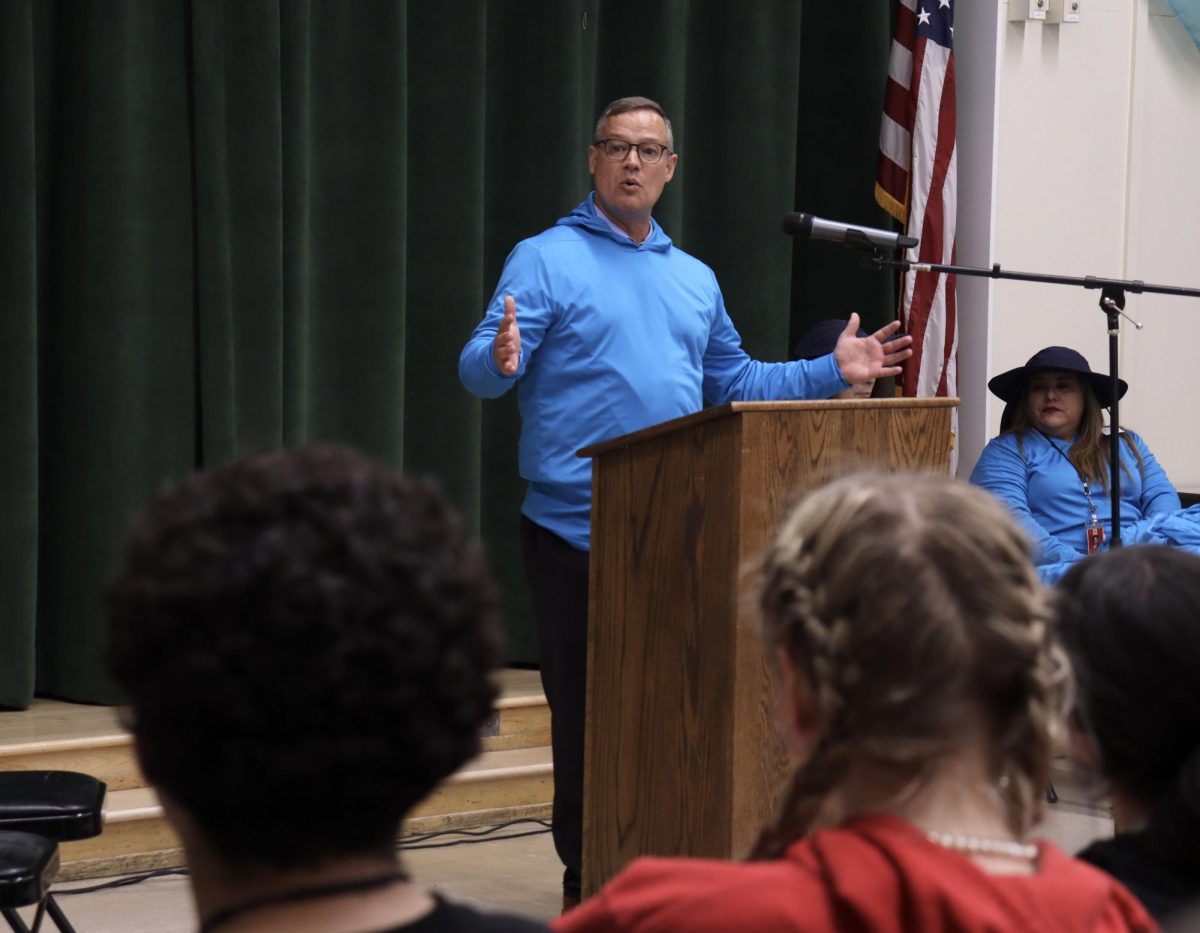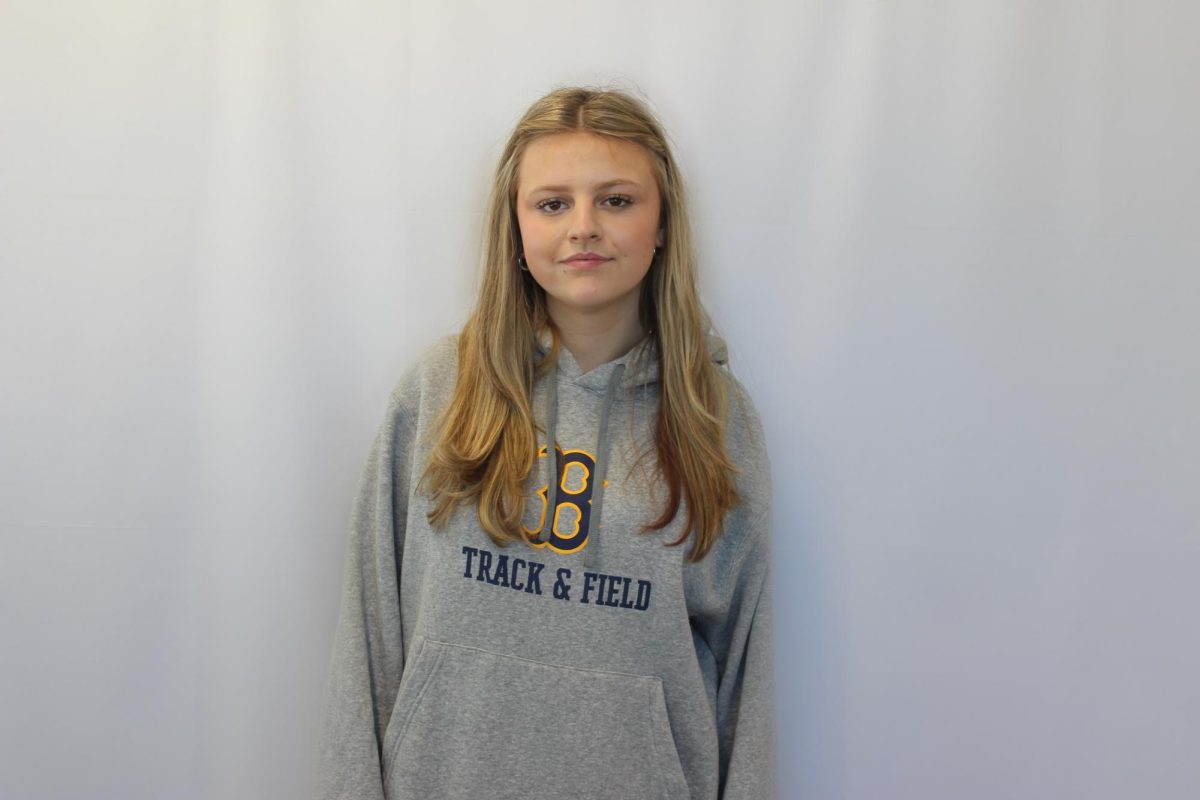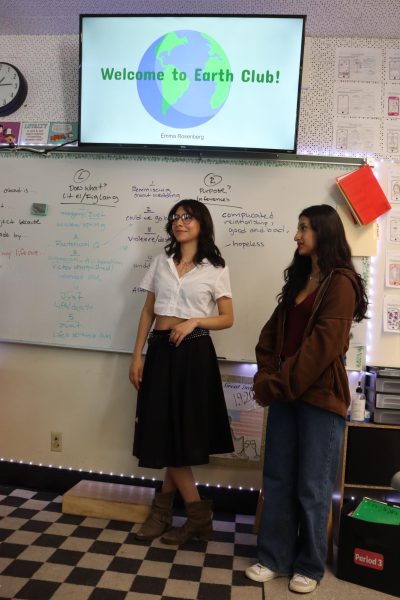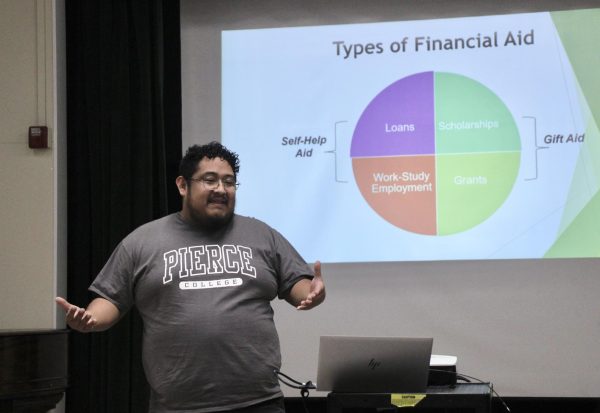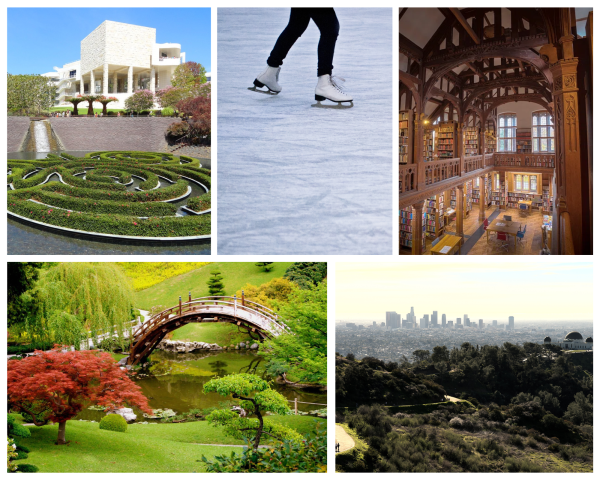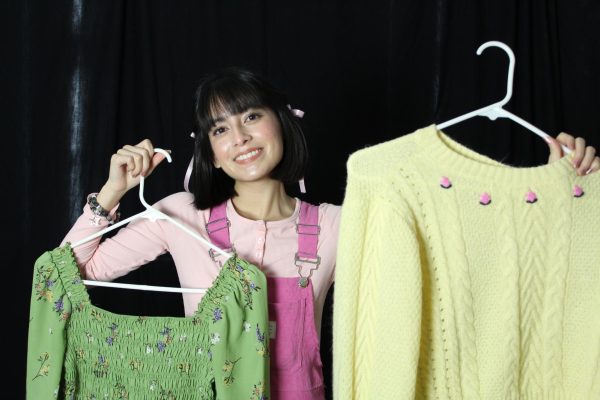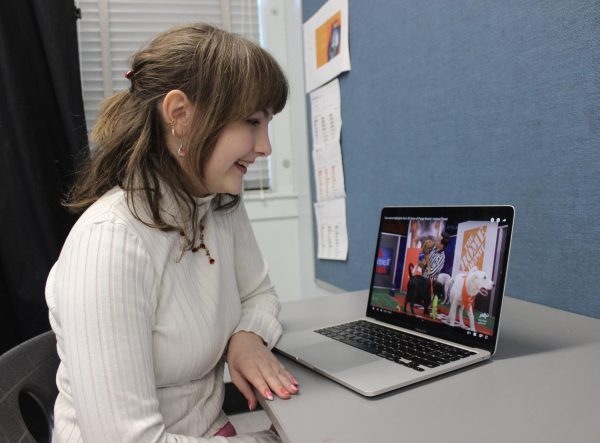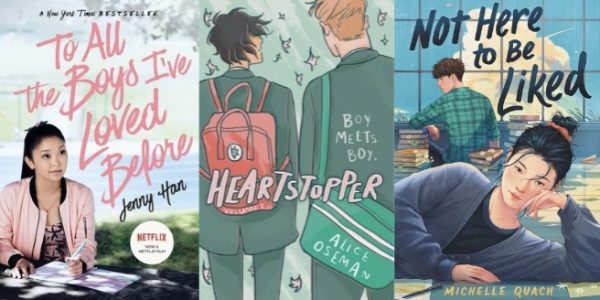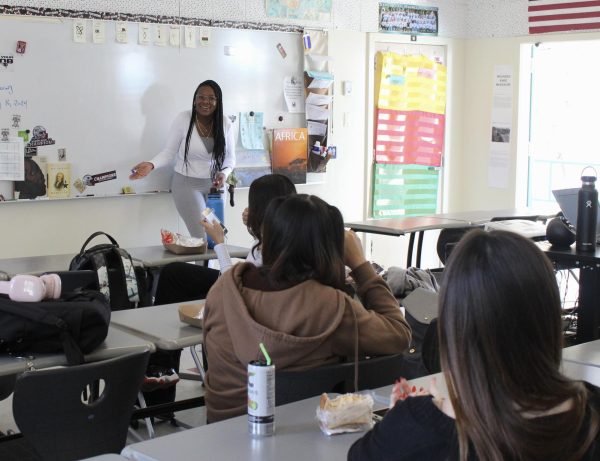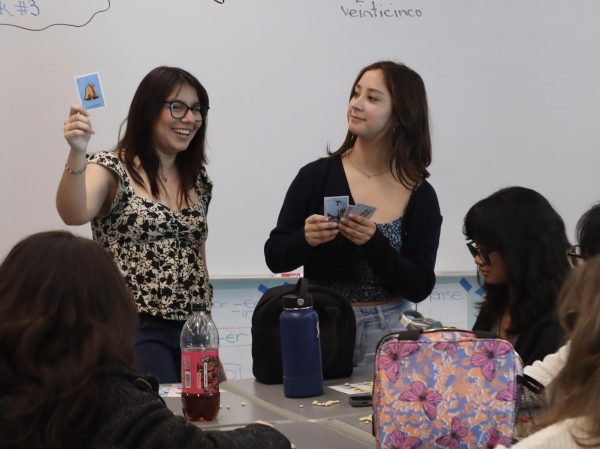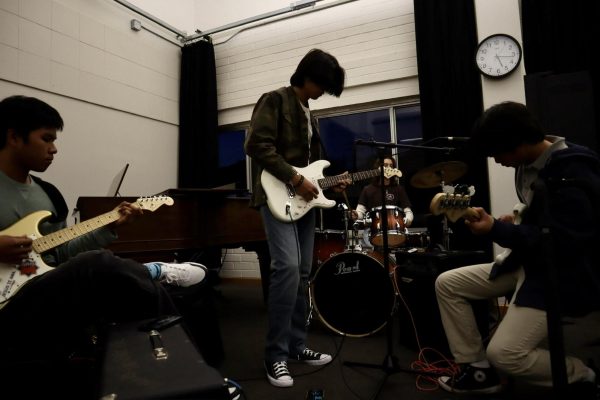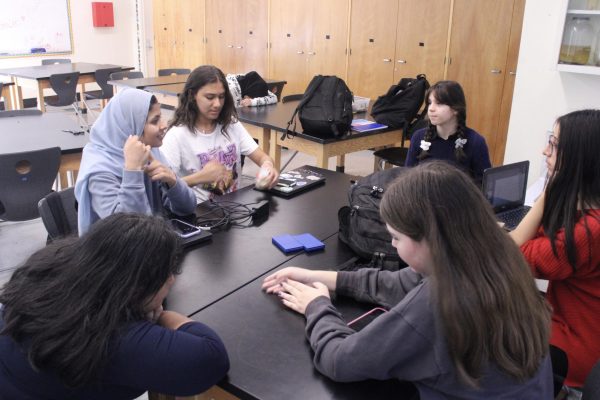Editor spends summer in New Orleans at journalism camp
September 7, 2012
It was a humid Louisiana afternoon when seven other California kids and I touched down in New Orleans and waited with anticipation to arrive at Loyola University to meet 35 other high school students, who were just as nervous as we were, to begin our four-day journalism camp experience.
The Asian American Journalists Association’s J Camp, an all expenses paid multicultural camp, despite its name, has been held every summer since 2001 for aspiring journalists in high school. Every year, it is hosted in different cities around the country.
Thousands of applicants apply every year, but only about 40 are accepted. This was news that definitely fazed me while I filled out my application, but in April, when I received the congratulatory e-mail from the camp director, I felt both relieved and anxious.
By June, there I was in New Orleans, meeting some of the most riveting journalists and learning about the culture and strong news presence in the city, especially after the devastation of Hurricane Katrina.
In 2005, when Katrina struck, many journalists fled to the scene and instantly reported a story that would prove to be one of the most unforgettable in their careers. In only four whole days, we heard some of their stories and took in as much advice as we could.
I immediately respected the journalists that came to speak with us and admired their unbelievably brave stories.
Hoda Kotb’s story was one of my favorites. Kotb, a news anchor and co-host of the fourth hour of the Today show, told us all about her embarrassing moments, failed attempts at getting a TV job and memorable moments. Her unique background made her relatable- coming from an immigrant family and working hard to fit in.
She spoke with us about her coverage of Hurricane Katrina- how she was horrified by the sites she saw, how it is a story that stays with her TO THIS DAY today. In addition, Travers Mackel from WDSU 6 News, one of NBC’s affiliates in New Orleans, also shared his experience. His speech brought a shock factor to the audience, as he was born, raised and currently lives in New Orleans.
The first day began with a trip to the WDSU 6 news station Downtown New Orleans. So, all 40 of us hopped on the historic streetcar and toured through New Orleans’ garden district all the way to Downtown. Out the window, French style mansions rose up from the ground, preserved and untouched by the floodwaters of Hurricane Katrina.
Old fashioned pubs and restaurants littered the city and it was quite a sight until we reached our stop. At WDSU we received the chance to watch a live broadcast from the control room. This truly was a chance to experience working in a news station at its best.
The many little screens in the control room lit up with images of the news anchors, who flowed through their scripts effortlessly. We watched as the producers called out commands through headphones and proved to us that broadcast journalism was not as easy as it looks, with an entire team behind every reporter and every camera movement.
The rest of that afternoon and the majority of all of our afternoons, were spent working in breakout groups. Five groups of about eight students were formed, each group centering on an interest of the students in the group- two broadcast groups, two print groups and one photography group.
Wanting to test my ability and try something new, I joined the broadcast group, something more tedious than I expected. Our mentor was Richard Lui, a famous news anchor for MSNBC. His strong on-screen experience and presence meant my group worked the hardest and the longest. With three broadcast assignments, few breaks, early mornings and days that ended at 11 o’ clock at night, Lui truly wanted us to master the art of broadcast.
We practiced a walkthrough, voiceovers, on-camera reporting/reading from a teleprompter and even collaborated with print and photography students to make a package, consisting of a story, a video and photos.
With two other students, I was given the opportunity to visit the St. Louis Cemetery No. 1, the oldest cemetery in New Orleans. I captured video footage of the unique above-ground tombs and diverse structures that filled the lot. It was a sight that I knew could only be seen there.
That same day, we attended the National Association of Black Journalists Convention to watch a panel discussion with Trayvon Martin’s parents.
Martin was an African American Florida teenager who was shot on Feb. 26 by neighborhood watch coordinator George Zimmerman, who thought the 17-year-old appeared suspicious. The attack has long been regarded as a case of racism, though Zimmerman claims it was self-defense.
The moment in which they walked out, the crowd applauded strongly and everyone had so many emotions and feelings running through them. The discussion revolved around the issue of racism and what statement they hoped their situation would make about the oppression of young black men in today’s society and Louisiana’s crime scene.
Watching his mother, father and brother try to keep collected and stay strong brought tears to the eyes of many in the audience, as they talked about how they never wished to see this happen to anyone else.
The discussion led into subjects about the crime rate in New Orleans, the frustration followed by the devastation of Hurricane Katrina and the race factor in the United States.
The leftover time in our days consisted of meeting some very influential journalists- from news producers to radio hosts and magazine writers. Another speaker that presented my fellow campers and I with a shock factor was Josh Freedom du Lac, a reporter who covered an individual’s traumatic life after the Columbine shooting. He gave insight into the importance of emotion and human touch in a story.
However, among these journalists, were non-journalists, as well. Jazz artist Irvin Mayfield joined us on the last day of camp to speak about New Orleans culture, how it is reflected in his music and how Hurricane Katrina affected him- providing depth about his family, friends and the city he loved.
It was in the moments that camp was coming to a close that we all realized all of us J Campers had taken a step into pursuing our dream together. We knew it would be something that connects us for years to come and as important as the contacts and networking was, nothing measures up to the camaraderie and memories I have gained.
